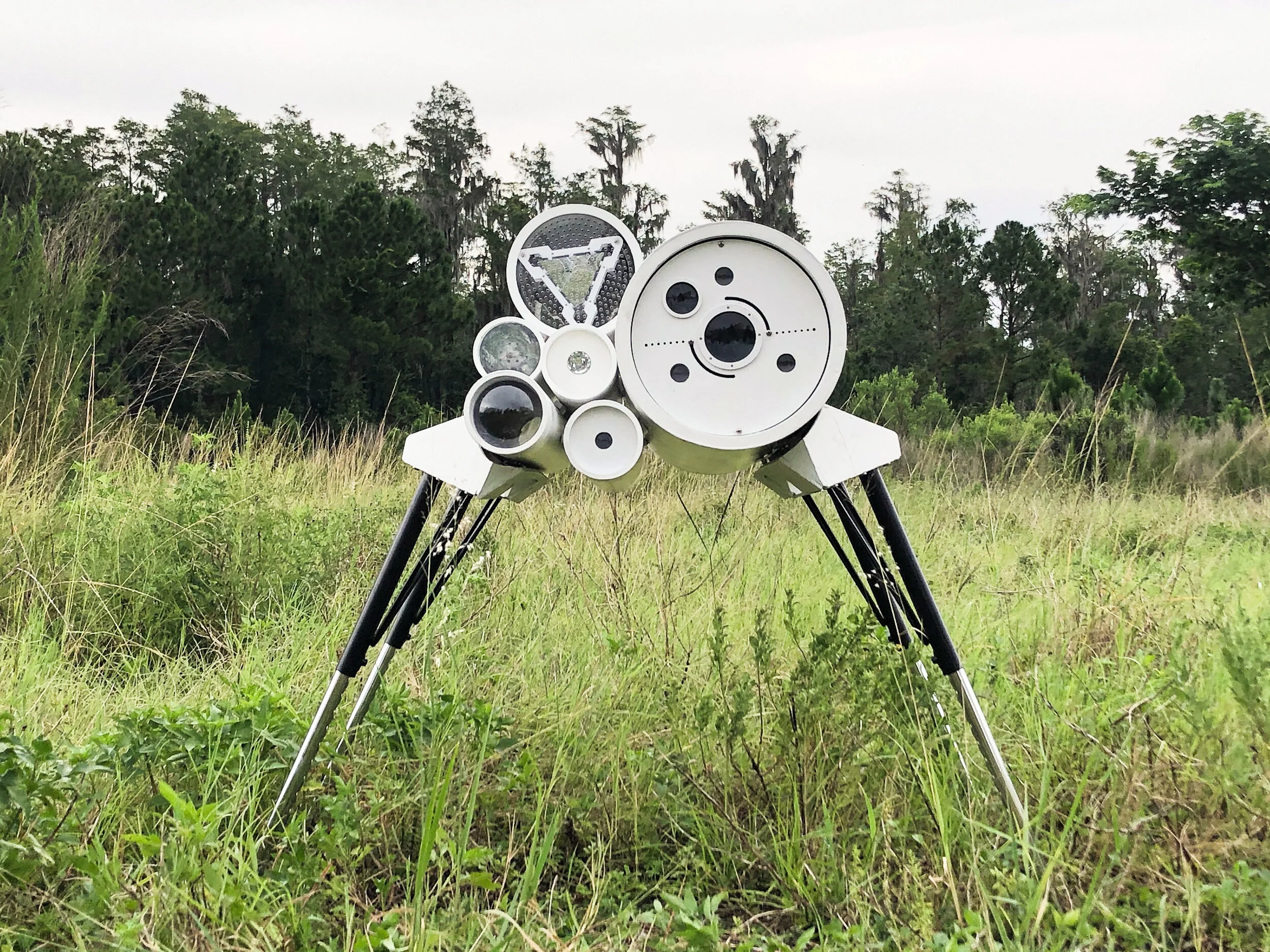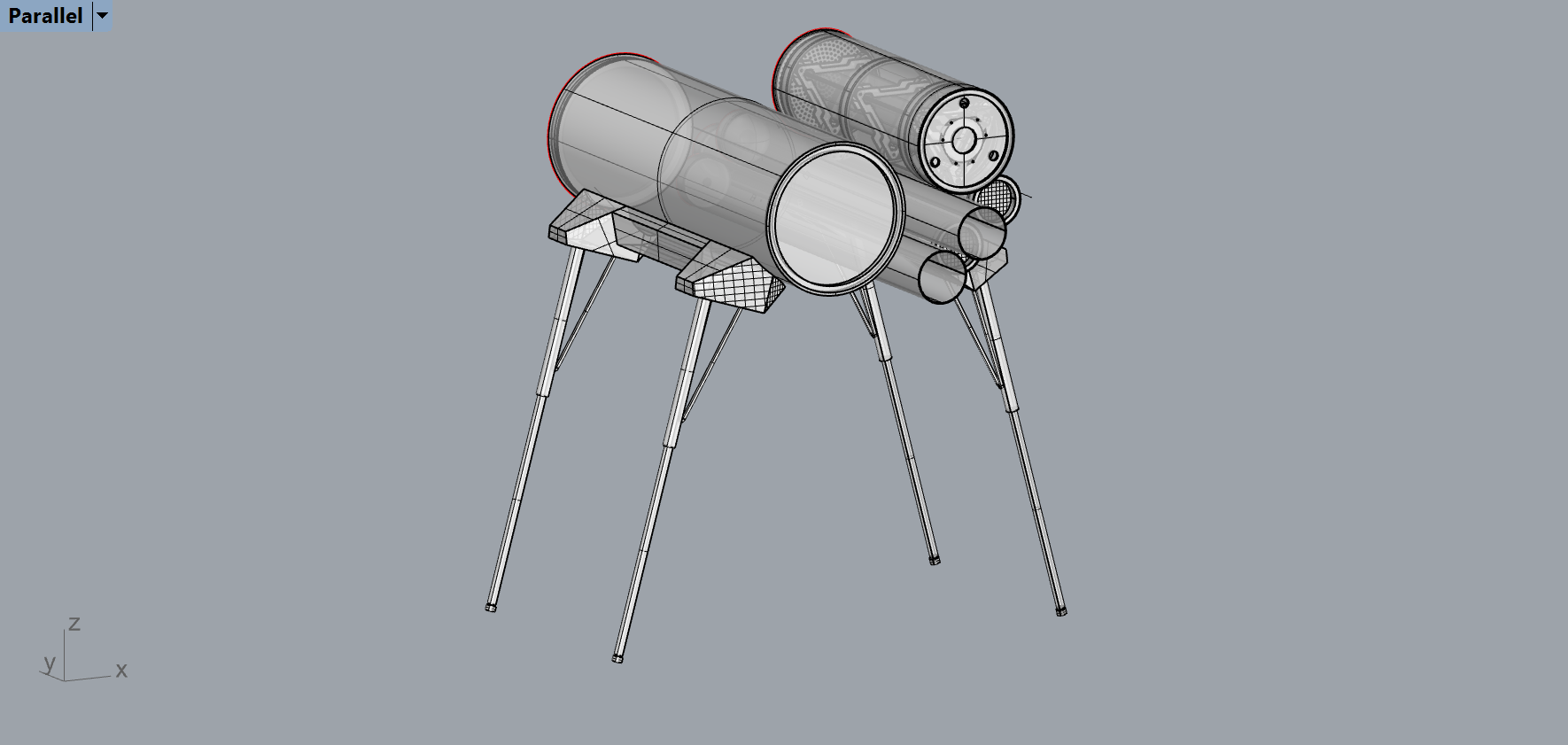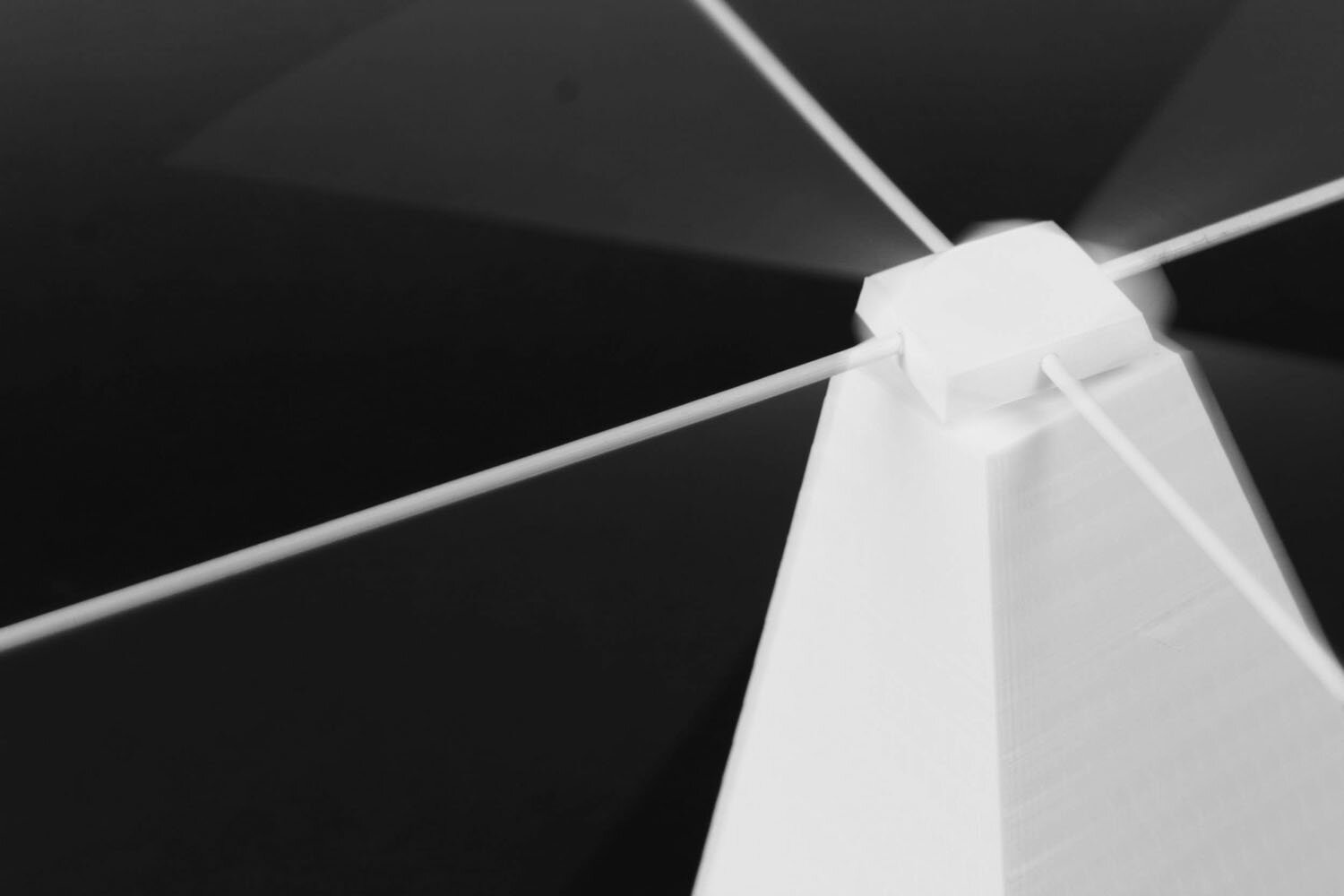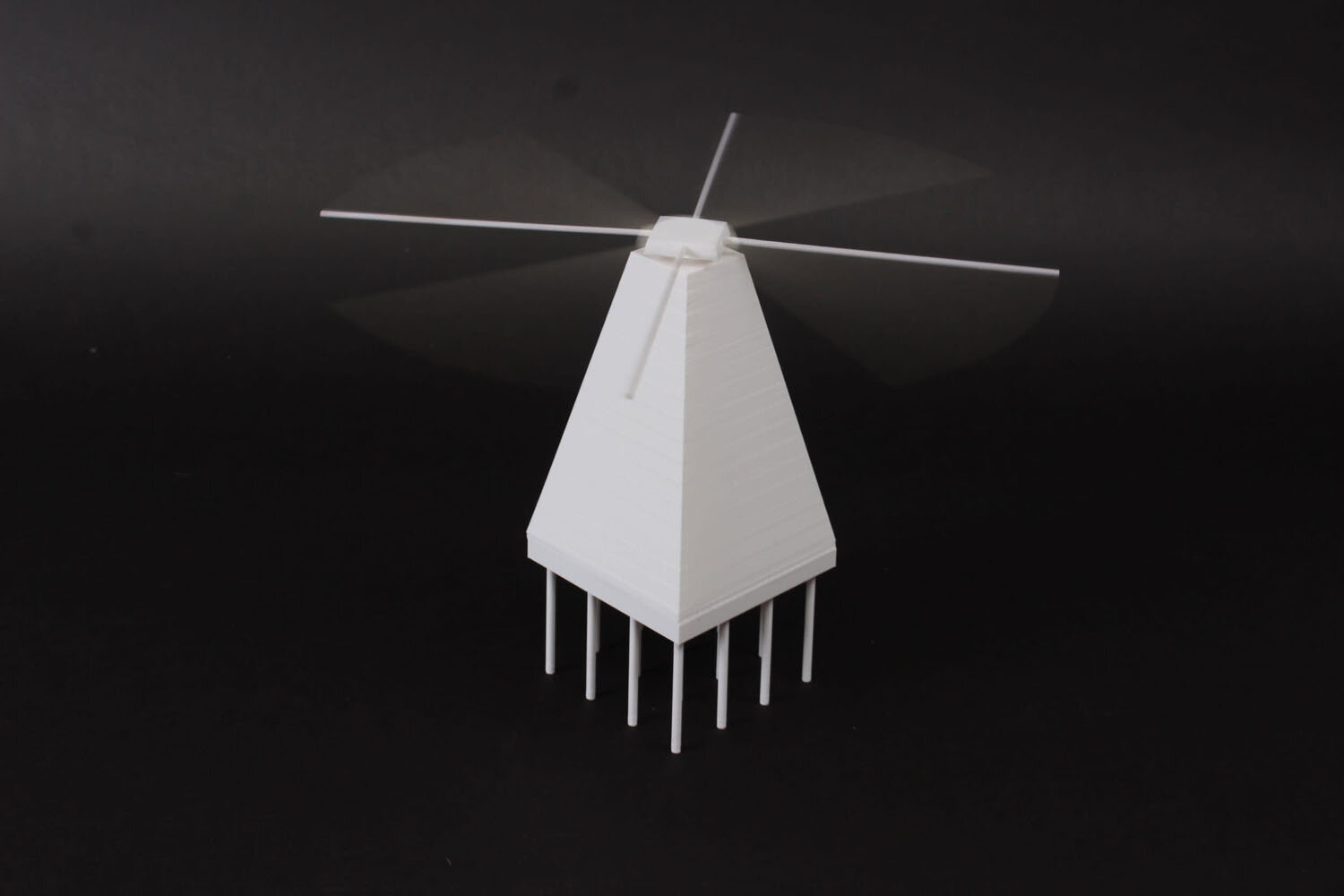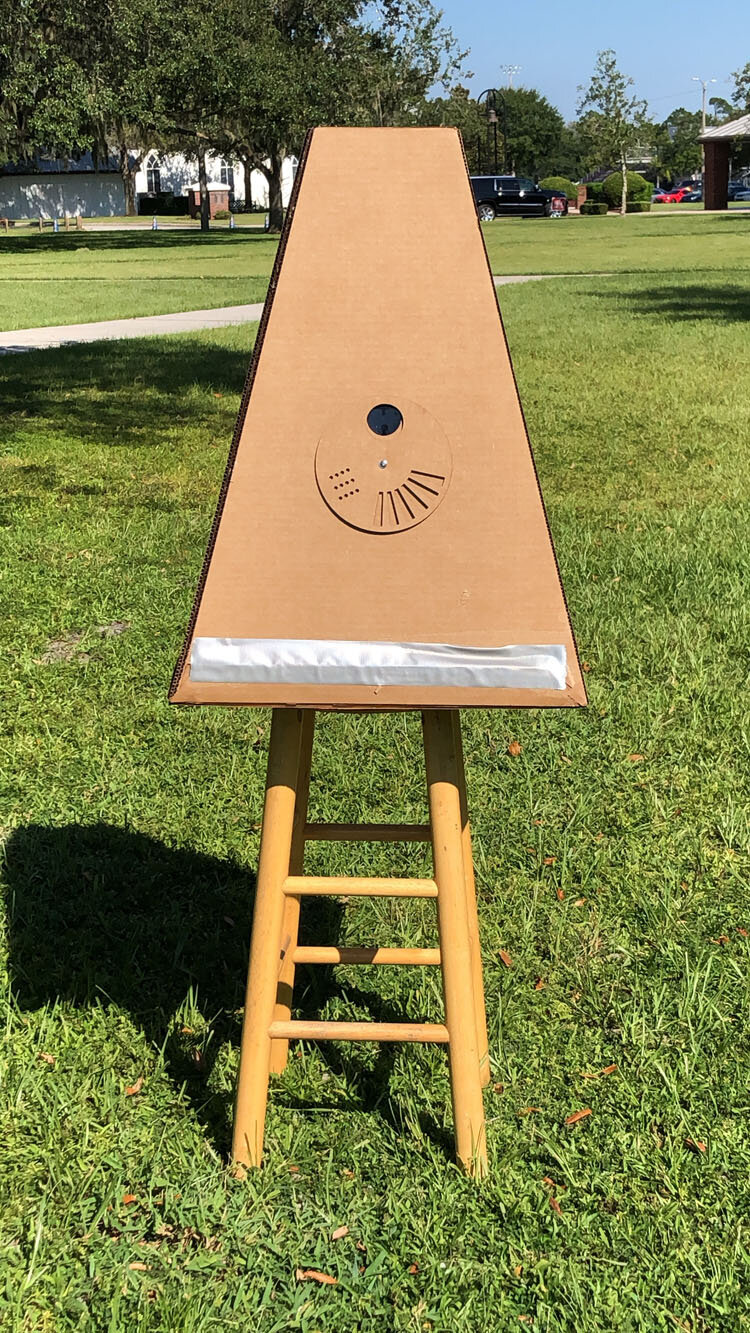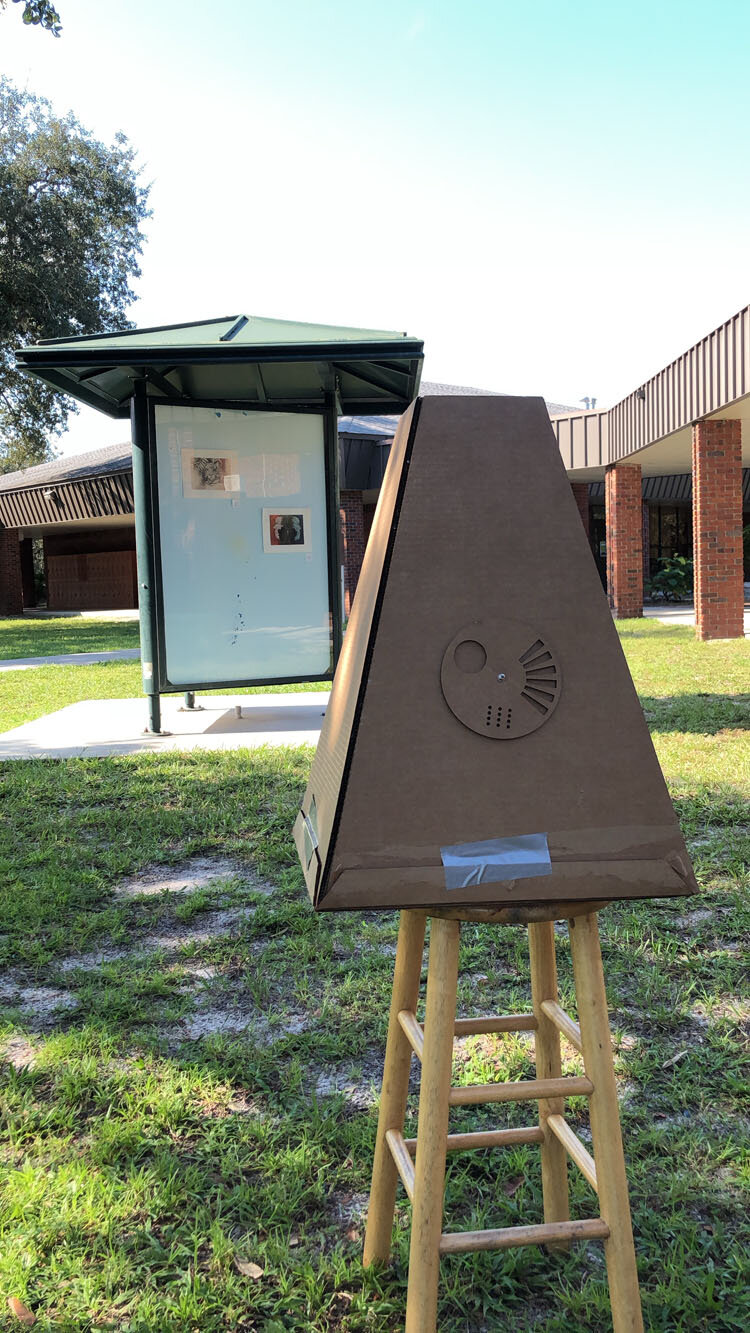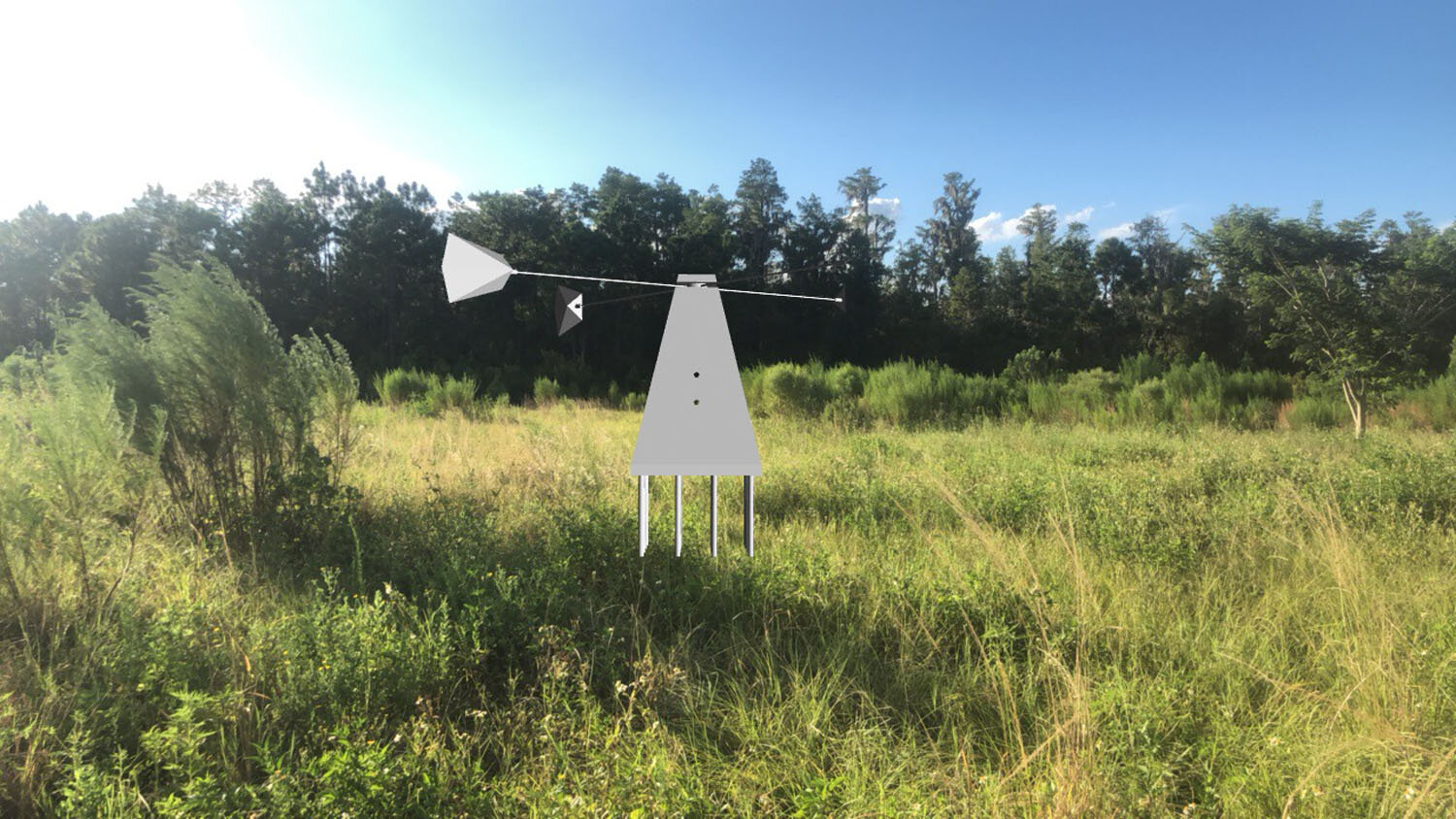OBSCURA_ [12/29/2020]
Obscured Omniscience is a series of devices that explore the act of “seeing” and “capture” through analog methods, encoding immaterial forces like light and wind into images and video. Three devices have been developed:
Obscura Unit 01 (Kingdom Seeker)
Obscura Unit 02 (Terra Orbiter)
Obscura Unit 03 (Horizons)
The project draws inspiration from Laszlo Moholy-Nagy’s Light-Space Modulator (1921–1930), which I encountered at the Harvard Art Museum shortly after moving to Cambridge, MA. This experience, along with a tour of MIT Architecture and exposure to György Kepes’s work at the Center for Advanced Visual Studies, deeply influenced my direction.
While initially overwhelmed by the legacy of these precedents, I realized the need to advance their ideas by developing my own process into tangible objects. Colin Rowe and Robert Slutzky’s Transparency further shaped my understanding, framing these experiments as both a practice of superimposition and a condensation of spatial experiences into perceived realities.
Extensive research into mirrors, lenses, light, and optical effects led to the creation of these devices, which represent my thesis—a passionate exploration of spectacle, fantasy, and the boundaries of image-making.
Thesis [The Obscura]
Obscura Unit 01 (Kingdom Seeker) explores the pursuit of a "transparent reality" by challenging conventional perceptions of depth and spatial awareness. This concept requires relinquishing the rationalization of what we perceive as truth. Rather than magnifying or clarifying, the device distorts and flattens spatial depth, transforming vast fields of view into digestible 2D images.
Inspired by the aesthetics of a telescope, the device prioritizes ambiguity over fidelity, isolating sight as a variable to test the viewer's capacity for interpretation. By rejecting other senses like touch or sound, the device frames sight as the sole mediator, consolidating depth into a controlled, two-dimensional plane. The resulting images evoke ambiguity and invite introspection, creating beauty in uncertainty.
Device Structure:
Six Tubes: Each manipulates light through analog and optical effects.
12" Tube: Functions as a camera obscura, producing inverted "light impressions" that can be recorded as photograms.
8" Tube: A kaleidoscope that blurs the environment, removing horizons and orientation through layered, mosaic-like viewports.
4" Tubes: Serve as visual filters, further abstracting and mediating perception.
These devices generate ambiguous images akin to Rorschach tests, demanding personal interpretation and inviting the viewer to embrace a realm of contradictory dimensions and uncertain realities.
“i-4”
